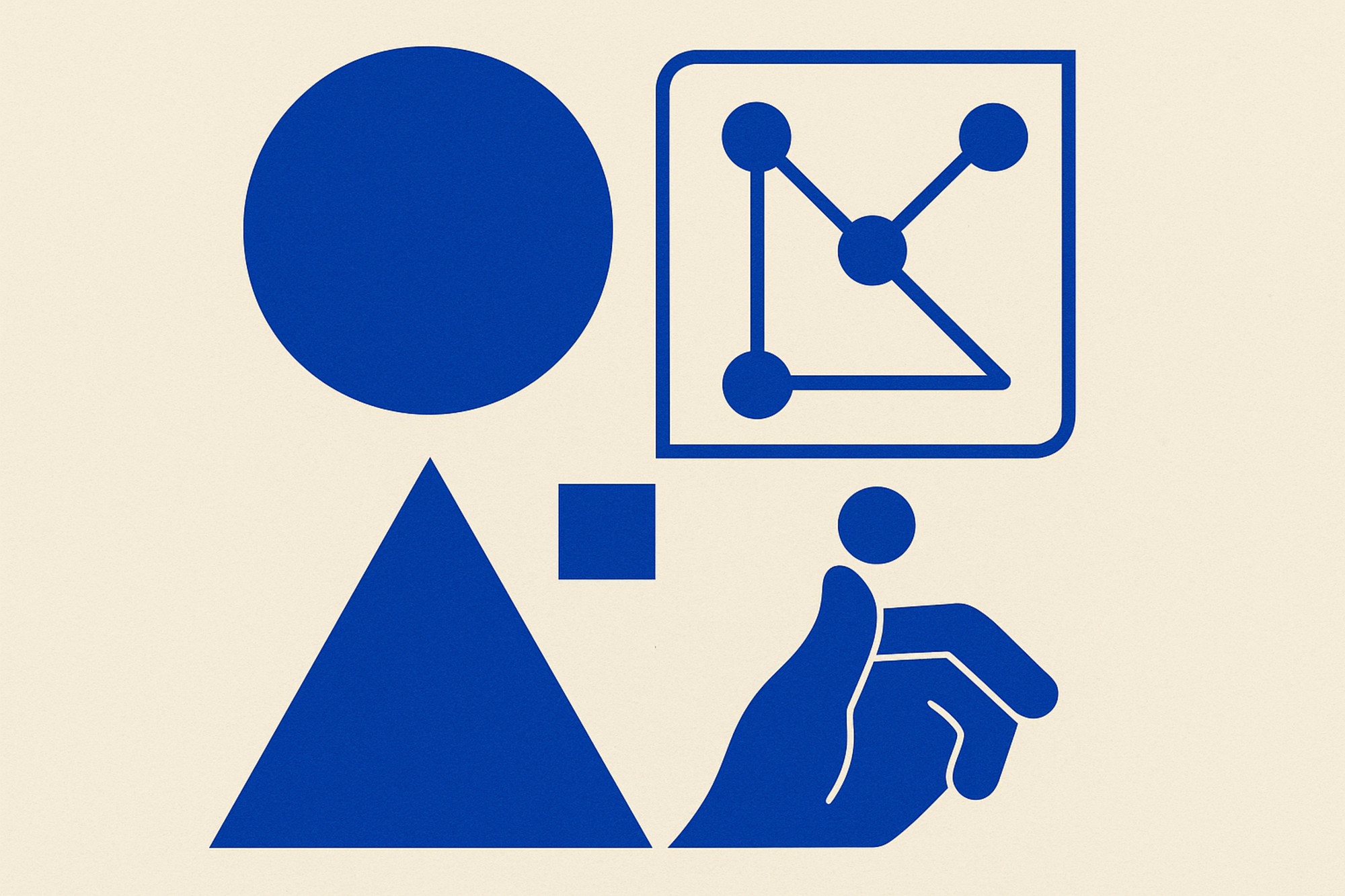Datasets, Agents, and Empathy: Trust and Transparency Weave Through This Week’s AI Headlines

In the latest wave of AI developments, there’s a curious blend of practical engineering, rapid-access knowledge, and something approaching digital soul-searching. As AI permeates everything—from our personal finances to image generation, research tools, and even the books we read—there’s a recurring theme: utility is paramount, but context, control, and trust are just as critical. This week, we take a walk across five notable blog posts, where some AI trends are quietly transforming the toolkits and everyday experiences of engineers, creatives, and the algorithmically budget-conscious.
Datasets: The Bread and Butter of Language Models
The post on MachineLearningMastery.com hammers home a truth so often buried in marketing gloss: the fate of AI models rests largely in the quality of their data. Large, quirky internet crawls like Common Crawl and more curated resources such as C4, Wikipedia, and The Pile offer different benefits and headaches—uncleaned content, subtle biases, copyright woes. The piece underlines the painstaking process of dataset curation and post-processing, be it symbolic cleanup or vocabulary filtering. In short: build responsibly, and don’t trust a model that’s gorged on junk food.
This obsession with data echoes further across the ecosystem. The practical advice on using Hugging Face’s repository, code examples for quick dataset peeks, and warnings about disk space are reminders that, while language models may feel magical, their training is anything but.
From Engineering Recipes to Agentic Workflows
On the agent side, Building ReAct Agents with LangGraph provides an approachable guide to designing AI workflows—first as predictable hardcoded loops, then as dynamic agents powered by large language models (LLMs). Here, a deliberate separation between graph logic and "intelligence" is the quiet hero. Swapping in an LLM for if-else logic turns a static script into something that can reason and adapt—at least superficially reminiscent of human problem-solving. (At the risk of waxing philosophical: we’re now only as smart as the prompts we craft and the models we trust.)
There’s also something refreshing about the tutorial’s transparency. Readers are encouraged to model workflows as graphs, hide messier real-world subtleties behind clean interfaces, and focus on architecture, not just API calls. It's a sign that software engineering in AI is growing up—no longer content with code spaghetti or the opaque, monolithic magic of early AI days.
AI in Your Pocket (and Your Wallet)
If the above felt a bit abstract, Lloyds’ AI financial assistant and Google’s Nano Banana 2 ground the conversation in user experience. In banking, AI ceases to be a mere backend process; it becomes a digital confidante fielding everyday questions (“How much did I spend on coffee?”), blending natural language processing with live data feeds. The move isn’t just about efficiency—the goal is digital empathy, even if it’s delivered by an algorithm rather than a human advisor.
It’s not all sunshine. There’s concern about how much we’ll trust these systems, and whether financial guidance should be handled by machine, especially when trust, bias, and data security are so tightly interlinked. Still, as the blog ponders: if the end result is a less sleepless night before payday, are we willing to hand over the reins, just a bit at a time?
Meanwhile, Google’s new image generation model blurs the line between software and artistry. Dubbed “Nano Banana 2,” it’s reportedly capable of producing visuals so convincing—or so surreal—that it forces creators and social media denizens alike to triple-check what’s real. In practice, that means real-time self-correction, handling of complex overlays, and 4K output destined for mobile devices. It’s playful, mildly spooky, and possibly, a revolution for anyone without the luxury of hiring a designer.
Education, Ethics, and the Wider Ecosystem
A welcome palette cleanser is the KDnuggets’ must-read AI books list—a reminder that for all the real-time wizardry, self-educating developers still rely on deeper foundations: neural networks, deep learning, computational agents, practical skills, and (thankfully) ethical considerations. With open access to research and practical guides, the democratization of AI skill-building is inching ahead, even if the tools themselves grow more complex by the minute.
The selected literature connects dots between hands-on coding, algorithm explainability, multi-agent systems, and pressing big-picture questions (e.g., how to ensure safety, transparency, and political accountability as AI becomes more pervasive). In other words, what we build is as important as how—and why—we build it at all.
MIT’s Perspective: Reliability and the Next Leap
The MIT-IBM Watson AI Lab’s research roundup paints a vision for the near future: models that know when not to trust themselves; AI agents that efficiently retrieve knowledge and reason over massive, graph-structured data; faster, smarter transformers; and new synthetic visual datasets. The focus, again, is on grounding AI in truth, efficiency, and multimodal dexterity. The line between tool and collaborator blurs further as program-synthesis systems and visual models begin to iterate, refine, and improve their own outputs (and, perhaps, learn from themselves in ways we barely comprehend).
What’s striking is not the singular advances, but the through-line: AI research is picking at the seams of reliability, efficiency, context-awareness, and safety—everywhere from user banking apps to code synthesis pipelines. There’s little patience for black-box magic or untethered hype. Instead, reflection, iteration, and, yes, a touch of humility seem to be back on the menu.
References
- Datasets for Training a Language Model - MachineLearningMastery.com
- Building ReAct Agents with LangGraph: A Beginner’s Guide - MachineLearningMastery.com
- Lloyds Unveils AI Financial Assistant to Transform How Britons Manage Their Money - AI2People
- Google’s Nano Banana 2: The AI Image Model That Could Redefine Visual Creativity - AI2People
- The 5 FREE Must-Read Books for Every AI Engineer - KDnuggets
- Charting the future of AI, from safer answers to faster thinking | MIT News
